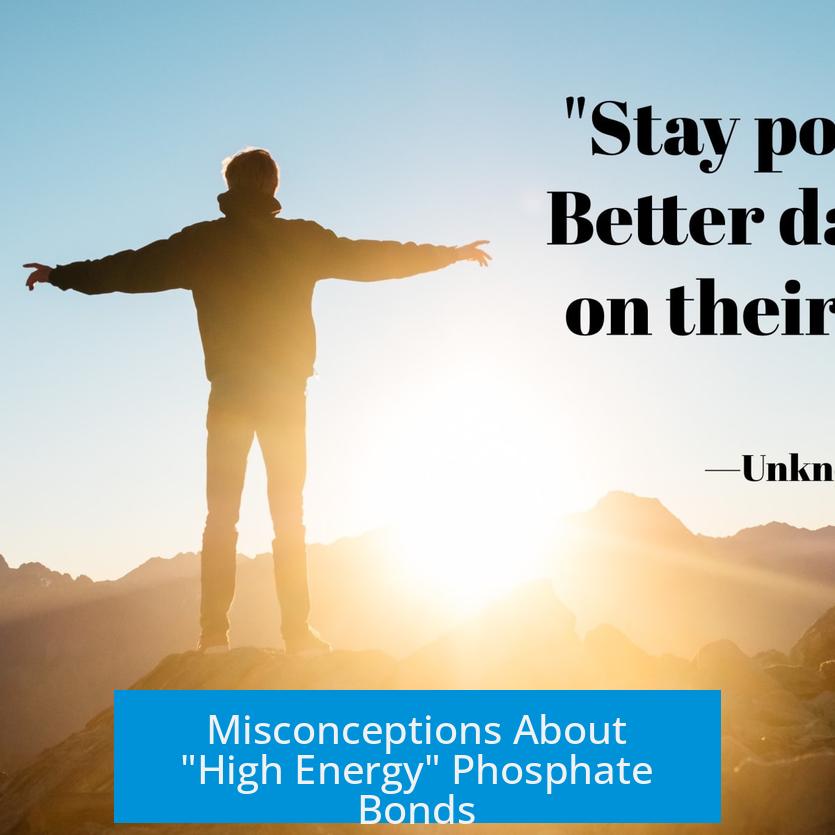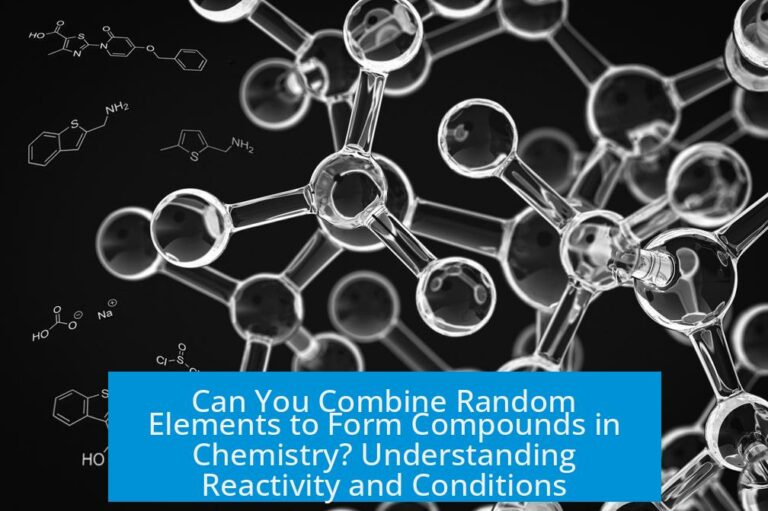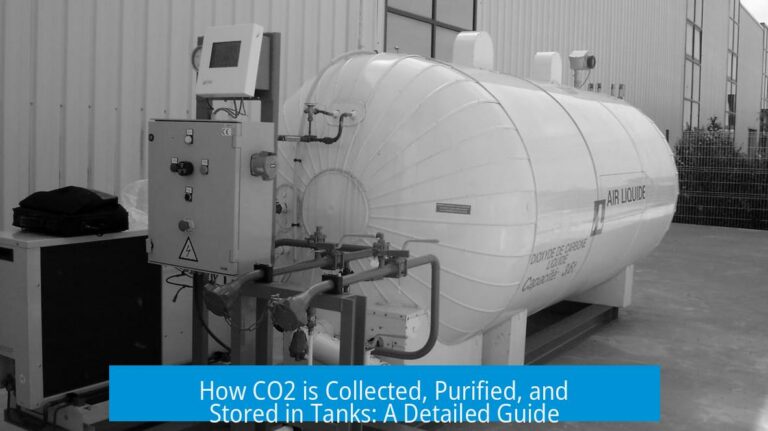How Does ATP Release Energy?

ATP releases energy not merely by breaking a phosphate bond, but through the formation of more stable products and the coupling of its hydrolysis to cellular processes. This energy release results from the overall thermodynamic favorability of the reaction, driven by product stability and cellular conditions far from equilibrium.
Misconceptions About “High Energy” Phosphate Bonds

Common explanations say ATP contains “high energy” phosphate bonds that release energy when broken. This is an oversimplification.
Breaking any chemical bond requires energy input, including the phosphate bonds in ATP. The “energy release” comes not from breaking bonds but from forming new, more stable bonds during the reaction.
The phosphate groups repel each other due to negative charges, making it easier to remove one phosphate than if the groups were neutral or attracted. Still, energy goes into breaking that bond initially.
Thermodynamics Behind ATP Energy Release
The ATP hydrolysis reaction produces ADP and inorganic phosphate (Pi), both more stable than ATP itself. The phosphate ion is a good leaving group because it is more stable alone than when bonded.
This difference in stability lowers the system’s Gibbs free energy. The reaction is favorable because the final state (ADP + Pi) has less free energy than the initial state (ATP).
| Component | Energy Role |
|---|---|
| Breaking ATP bond | Energy input required |
| Forming bonds with water (hydrolysis) | Energy released |
| Net reaction | Energy released overall |
The cell maintains ATP concentrations far from the reaction’s equilibrium by constantly regenerating ATP from ADP and phosphate. This makes ATP hydrolysis energetically favorable. Enzymes catalyze reactions that couple ATP hydrolysis to otherwise unfavorable biological processes.
Mechanism of ATP Energy Utilization in Cells
Enzymes harness ATP by coupling its hydrolysis to other reactions, thus driving cellular work.
- Phosphorylation of proteins by kinases transfers a phosphate group from ATP to amino acids like serine, tyrosine, or threonine.
- This phosphorylation induces conformational changes by attracting nearby charged residues, altering protein shape and function.
- These changes enable essential cellular activities, such as motor protein movement, ion transport, enzyme activation or deactivation.
- ATP and GTP triphosphates facilitate these conformational states necessary for biological processes.
The transfer of phosphate groups is thermodynamically favored, permitting enzymes to use this energy to drive functional modifications efficiently. The process does not rely on the bond breakage alone but on the overall energetics of the molecule’s conversion and subsequent reactions.
Summary of ATP Energy Release
- ATP hydrolysis yields stable products, causing a net drop in free energy.
- Phosphate is a good leaving group, contributing to reaction stability.
- Cells maintain ATP far from equilibrium to sustain energy availability.
- Enzymes couple ATP hydrolysis to drive otherwise unfavorable reactions.
- The main energy release comes from new bond formation, not bond breaking.
- Phosphorylation-induced protein conformational changes enable diverse cellular functions.





Leave a Comment